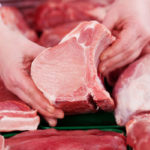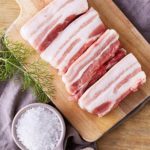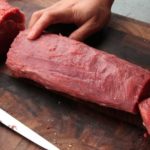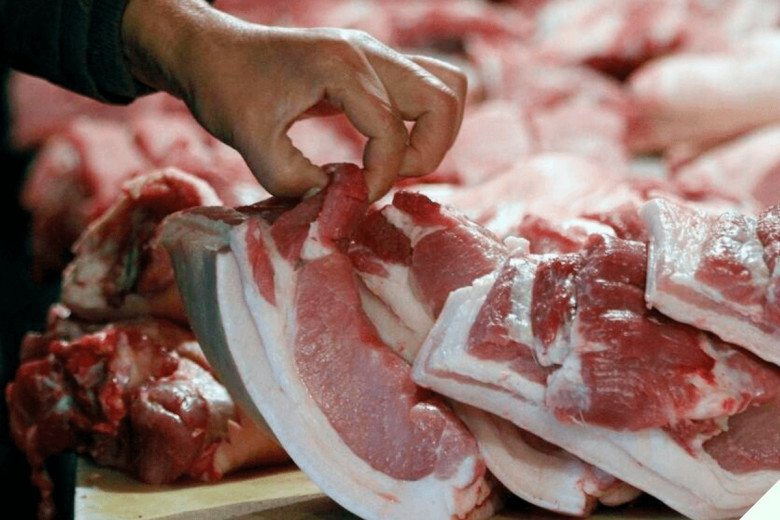
Similar to beef and chicken, pork is divided into various cuts, each with its unique taste and price point. It’s common for people to buy pork based on their taste preferences and instincts without knowing which parts are truly the best.
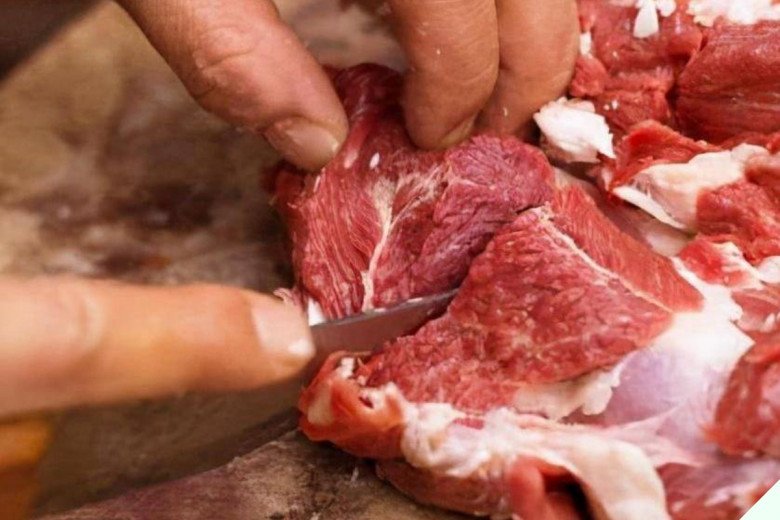
According to seasoned pork butchers, there are five prime cuts of pork that smart shoppers should focus on.
1. Front Trotters
When it comes to pork hocks, the wise choice is to opt for the front trotters. Due to the pig’s front legs having more movement, the meat is firmer, leaner, and more flavorful. This cut is perfect for stewing, stir-frying, boiling, or making pork patties.
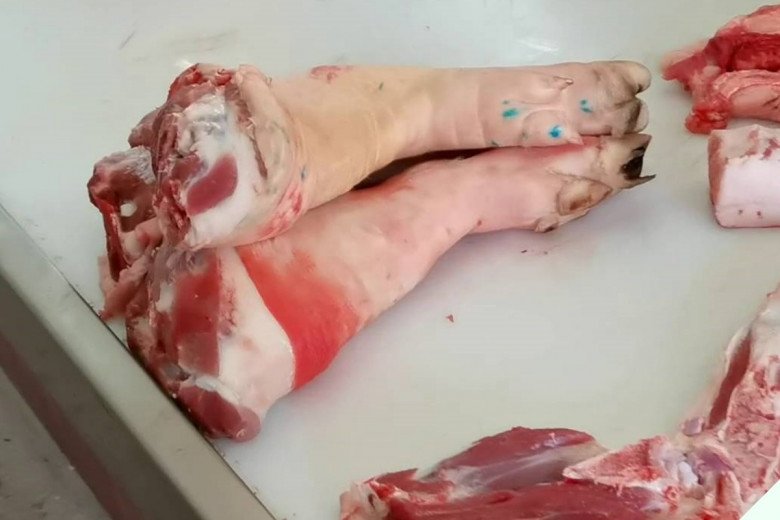
2. Front Trotters’ Feet
Even though they come from the same trotter, the front and back feet offer different experiences. When buying trotters, go for the front feet as they have more lean meat and less fat. Additionally, the front feet have more tendons, making them ideal for boiling or stewing. In contrast, the back feet have more fat and fewer tendons, leading to a greasier taste.
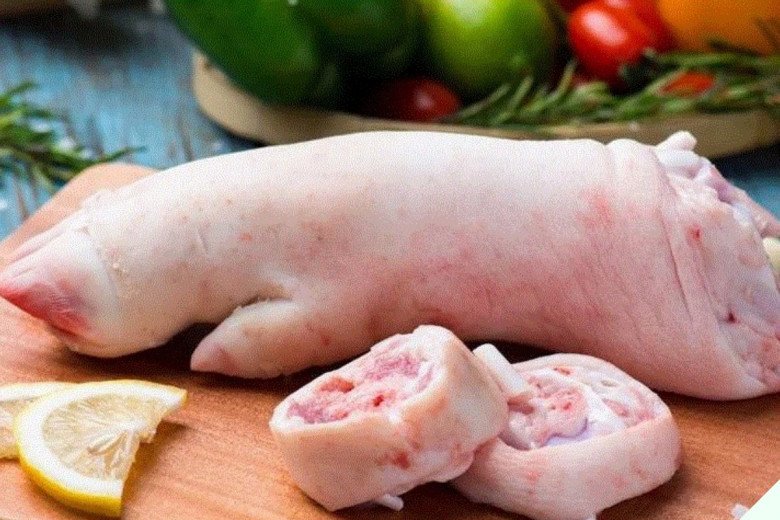
Butchers often mix the front and back feet, so be sure to inspect your purchase carefully. Typically, the front feet are slightly curved, and due to more movement, they have larger folds and feel rougher. In contrast, the back feet have fewer folds due to less movement.
3. Loin
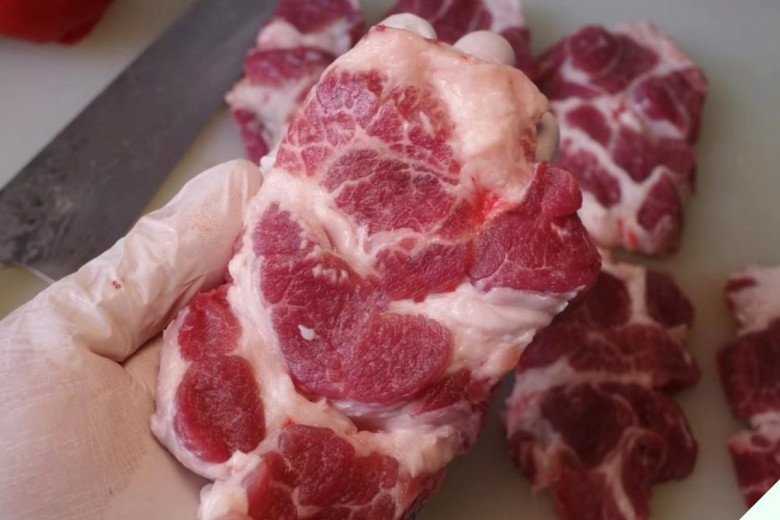
The loin is located on both sides of the pig’s backbone and offers a beautiful marbling of fat and lean meat. When cooked, it’s tender, juicy, and not overly greasy. This versatile cut can be stir-fried, stewed, pan-fried, braised, or prepared in any way you like. Choose your favorite loin recipe and enjoy its delicious flavor.
4. Belly
If you’re looking to make dishes like pork belly stew or roasted pork belly, then belly is the cut for you. It’s tender, flavorful, and has the perfect balance of fat and lean meat. The belly is further divided into sections, with the upper part having thicker fat and less lean meat, while the lower part, closer to the pig’s abdomen, has thinner fat and more lean meat.
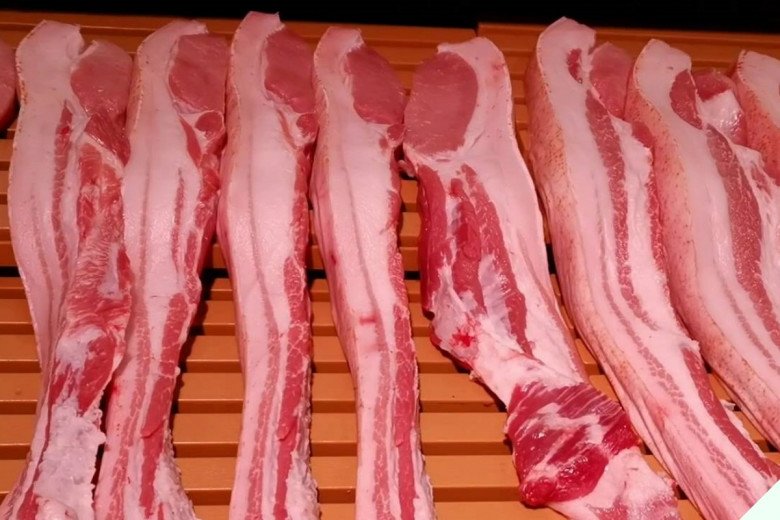
5. Tenderloin
Pork tenderloin is loved for its tenderness, leanness, and affordability. It’s divided into large and small tenderloins, with the large one being drier and often used for making pork floss, sweet and sour pork, or fried pork. The small tenderloin, on the other hand, is incredibly versatile and tender, making it the recommended choice by butchers.

Choosing the right cut of pork can elevate your dishes. In addition to the five prime cuts mentioned, you can also consider the pork flank, located near the internal organs. It’s exceptionally lean and known for its sweet flavor and tender texture.

In summary, each cut of pork has its unique qualities, and the right choice depends on your cooking method and personal preference. Always pay attention to the color and elasticity of the meat; fresh, high-quality pork should have a pinkish hue, good elasticity, and no unpleasant odors or excessive liquid.

























